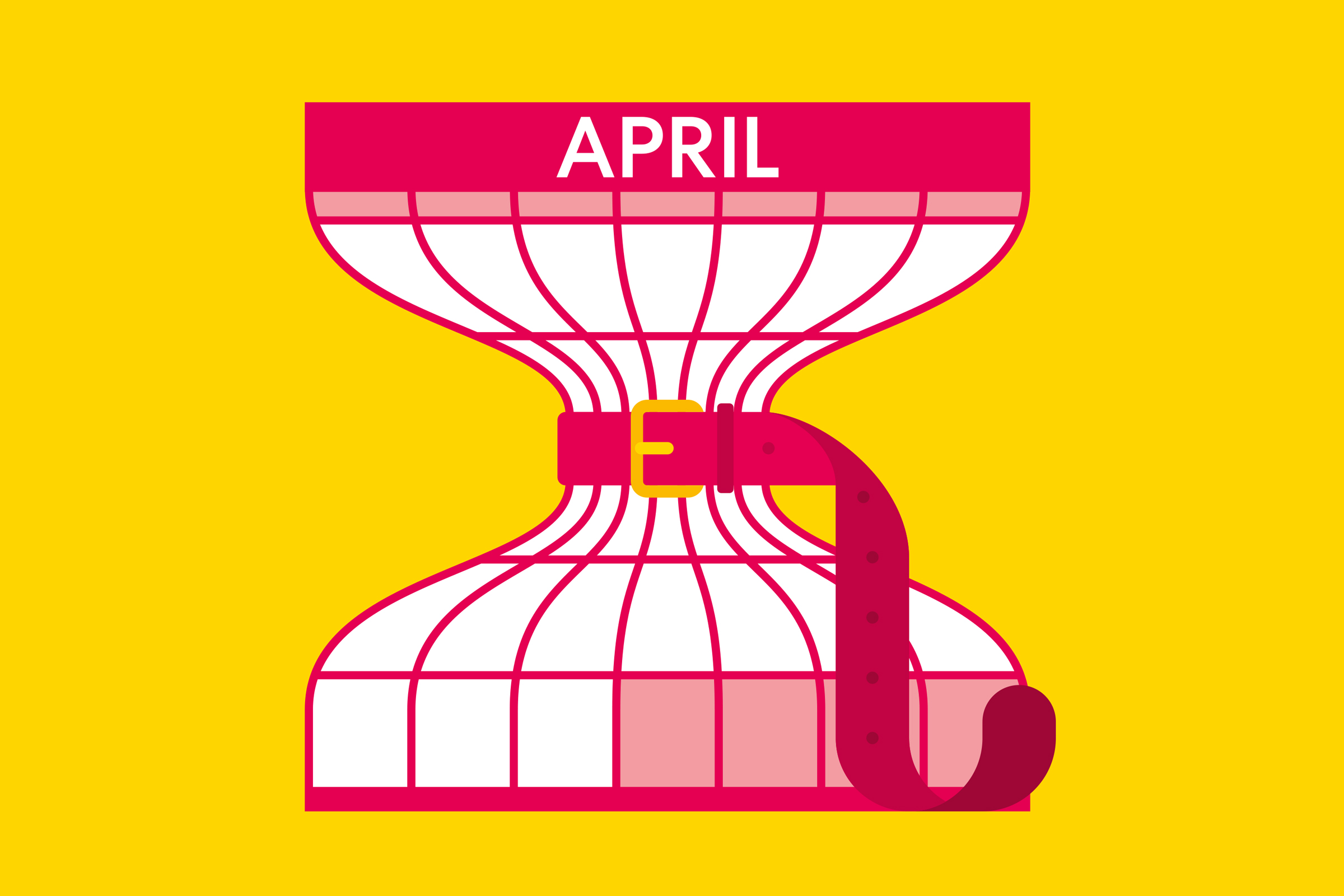
Living in New York City, which has the highest cost of living in the United States, has left Hannah Yoo all too aware of how easily expenses can add up. “You step outside your house and you’ve already spent $200,” she says. “It’s crazy how quickly things can get out of control.”
To better track her spending, Yoo, 26, decided to try out a “low-spend month”—a budgeting trend in which participants aim to spend only on essentials, like rent or car payments, while limiting or cutting out discretionary spending entirely.
Yoo is not alone in looking for new ways to save. Videos tagged with #lowspendmonth have received over 13.5 million views on TikTok. “The cost of living has been really tough for a lot of folks,” says Catherine Arnet-Valega, a wealth consultant at Green Bee Advisory. “People are paying attention to their finances more than they used to.”
A low-spend month can give you the opportunity to pay off debt, save for a bigger purchase, or gain a better understanding of your monthly spending. “Fighting overconsumption and becoming more intentional with your spending is a muscle that you have to practice,” says Yoo, who did her first low-spend month last August. “As I’ve continued to do it, I’ve seen my mindset change.”
Here are some tips for how to have a successful low-spend month.
Set your intentions
Before starting a low-spend month, it’s important to identify why you’re doing one. The reason can vary by person—maybe you’re hoping to pay down debt or save up for a new car— but setting your intentions will help you stick to your goal even when you’re tempted to stray.
“There's going to be times when it gets tough,” says Meg, who declined to give her last name because she worries people on social media will find out where she lives. As she did her first low-spend month in January in an effort to cut down on impulse purchases, “I always went back to the why, because I knew without that I wouldn't be motivated to continue.”
Read More: Why We're Spending So Much Money
Be mindful about purchases
Next, take a hard look at your monthly budget—even if the prospect seems scary. “A lot of people don't know what their normal monthly spending is,” says Sarah Paulson, a financial planner with Valkyrie Finance.
Paulson recommends that, rather than cutting out all discretionary spending, you start the challenge by cutting back on one category you overspend on—like making coffee at home rather than buying it daily, or refraining from food delivery orders.”Maybe now you think Whole Foods is necessary for groceries, but it doesn’t have to be at that level,” says Paulson. “You can be more frugal about your purchases without cutting yourself off.”
For Meg, 31, a big part of the challenge was refraining from impulse buying trendy products she was seeing on social media. “I would just see something and suddenly buy it or feel pressure to buy it and then have it right away,” she says. During her low-spend month, instead of immediately adding to her shopping cart, Meg began to make a wish list of things she wanted to buy when the month was over. “A week or two later,” she says, “I’d look back and think, ‘I don't really need this anymore.’”
Read More: How to Make A Budget in 6 Simple Steps
Don’t be too restrictive
Sometimes cutting back too much in a low-spend month can result in overspending as soon as the challenge is over. “It’s like a rubber band snapping back,” says Paulson. “You do really well for a month, and then you go overboard.”
The key, Paulson says, is to be honest with yourself about where you might be overspending, without completely depriving yourself of joy. If you look forward to your monthly facial or treat yourself with takeout on a Friday night, it’s okay to personalize the rules to reflect that. “Saying no to yourself constantly doesn’t feel good,” she says. “Spending isn't necessarily a bad thing. It's just when we let it get away from us.”
Read More: What Is a Good Credit Score?
Repurpose your savings
To avoid overspending once the month is over, Jack Heintzelman, a financial planner at Boston Wealth, suggests putting the extra money in your budget towards your savings goal. “If you find that you can spend $100 less in a certain category, the next month, take that $100 that you were spending in that category and immediately save it somewhere,” he says.
Automating the saving process, whether towards a retirement or savings fund, or to paying down debt, can help you keep your goals front of mind and prevent you from impulse spending the extra cash you learned how to save during your low-spend challenge.
Read More: How to Reset Your Thinking Around Spending Money
Join a community
Asking your partner, family member, or friend to join you in the challenge can help you stay on track. “If you speak it out loud or surround yourselves with others that understand what you're doing and your goals, then that helps with accountability,” says Heintzelman.
For Yoo, posting about her low-spend journey on TikTok helped her rein in her shopping. “I can't spend a crazy amount at a random sample sale because I'm going to have to share that with somebody,” she says. “It can't be my secret.”
Most importantly, be patient with yourself and understand that slip-ups don’t mean you have to give up. Yoo and Meg both say that, though they struggled with the challenge at first, pushing through encouraged them to build habits that lasted beyond the month.
More Must-Reads from TIME
- How Donald Trump Won
- The Best Inventions of 2024
- Why Sleep Is the Key to Living Longer
- Robert Zemeckis Just Wants to Move You
- How to Break 8 Toxic Communication Habits
- Nicola Coughlan Bet on Herself—And Won
- Why Vinegar Is So Good for You
- Meet TIME's Newest Class of Next Generation Leaders
Write to Simmone Shah at simmone.shah@time.com
